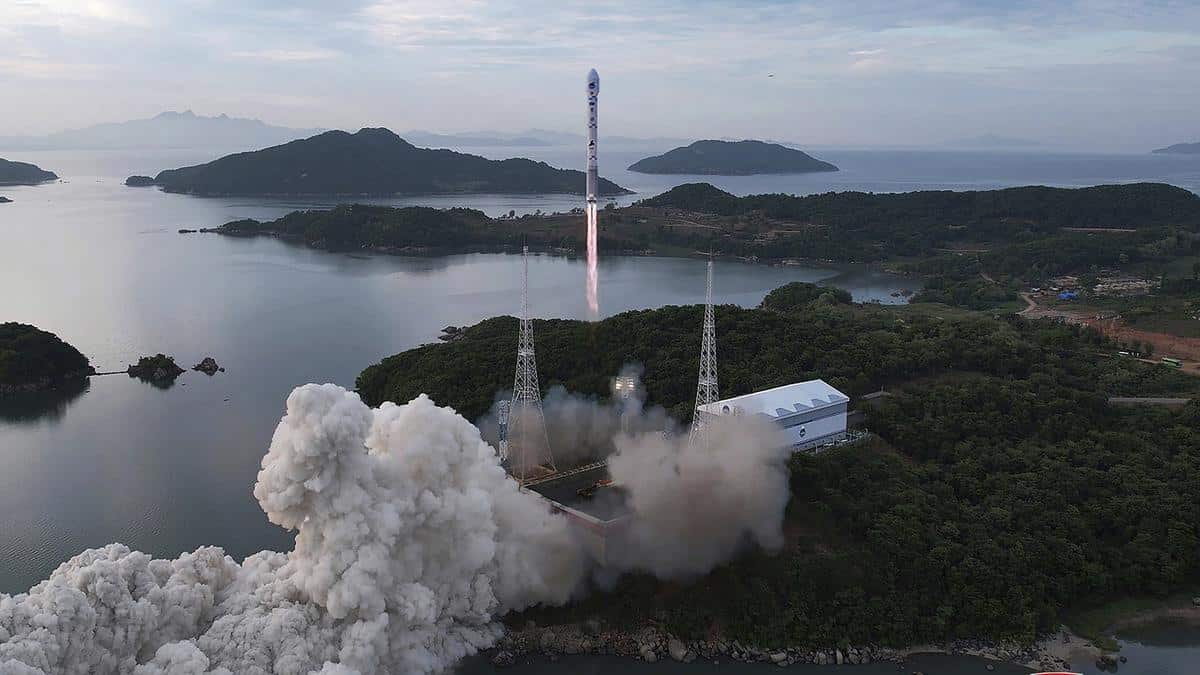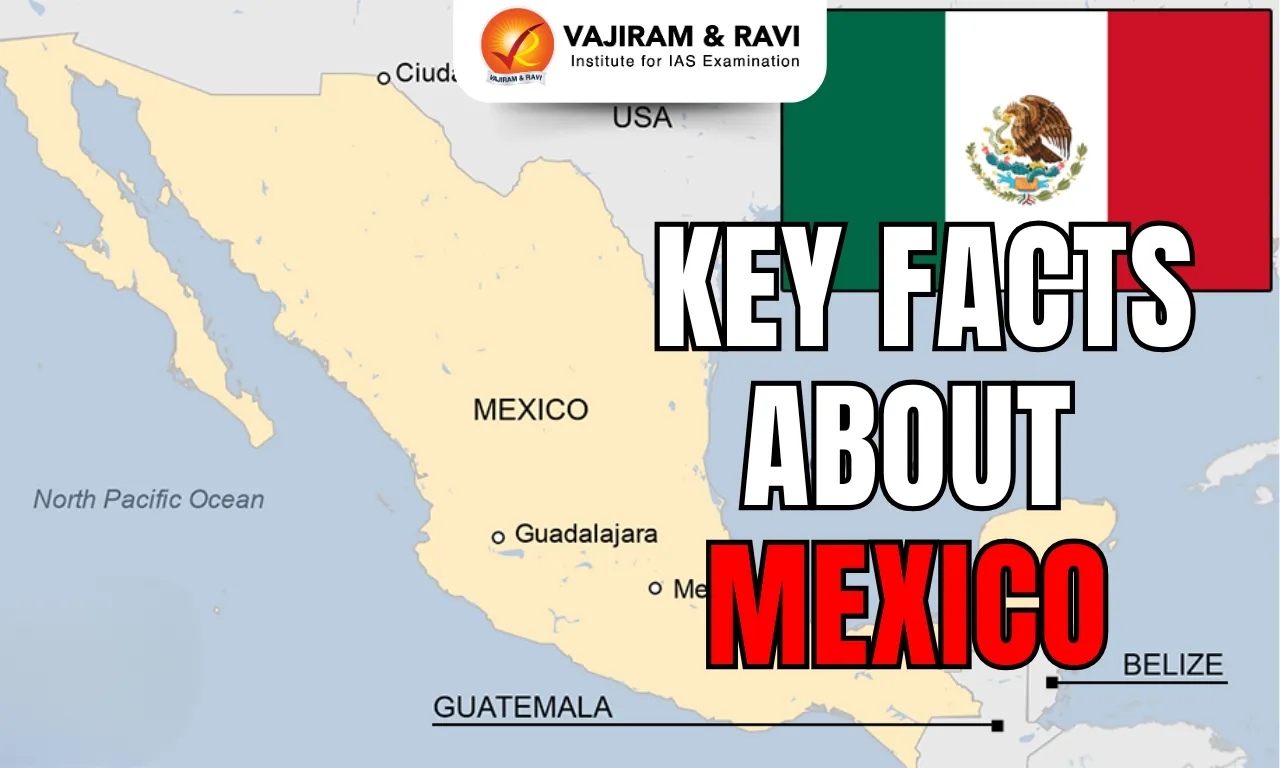About Solid-fuel missiles
- Solid-fuel missiles do not need to be fuelled immediately ahead of launch.
- They are often easier and safer to operate, and require less logistical support.
- They are harder to detect and more survivable than liquid-fuel weapons.
- Working of Solid Fuel Technology
- Solid propellants are a mixture of fuel and oxidiser.
- Metallic powders such as aluminium often serve as the fuel, and ammonium perchlorate, which is the salt of perchloric acid and ammonia, is the most common oxidiser.
- The fuel and oxidiser are bound together by a hard rubbery material and packed into a metal casing.
- When solid propellant burns, oxygen from the ammonium perchlorate combines with aluminium to generate enormous amounts of energy and temperatures of more than 5,000 degrees Fahrenheit (2,760 degrees Celsius), creating thrust and lifting the missile from the launch pad.
Solid Fuel VS Liquid Fuel Missiles
- Liquid propellants provide greater propulsive thrust and power, but require more complex technology and extra weight.
- Solid fuel is dense and burns quite quickly, generating thrust over a short time.
- Solid fuel can remain in storage for an extended period without degrading or breaking down – a common issue with liquid fuel.
Q1) What is an Oxidiser?
It is also referred to as an oxidizing agent, oxidant, or oxidiser can be defined as either a chemical compound that readily transfers oxygen atoms, or a substance that gains electrons in a redox chemical reaction.
Source: Explainer: What are solid-fuel missiles, and why is North Korea developing them?
Last updated on December, 2025
→ Check out the latest UPSC Syllabus 2026 here.
→ Join Vajiram & Ravi’s Interview Guidance Programme for expert help to crack your final UPSC stage.
→ UPSC Mains Result 2025 is now out.
→ UPSC Notification 2026 is scheduled to be released on January 14, 2026.
→ UPSC Calendar 2026 is released on 15th May, 2025.
→ The UPSC Vacancy 2025 were released 1129, out of which 979 were for UPSC CSE and remaining 150 are for UPSC IFoS.
→ UPSC Prelims 2026 will be conducted on 24th May, 2026 & UPSC Mains 2026 will be conducted on 21st August 2026.
→ The UPSC Selection Process is of 3 stages-Prelims, Mains and Interview.
→ UPSC Result 2024 is released with latest UPSC Marksheet 2024. Check Now!
→ UPSC Prelims Result 2025 is out now for the CSE held on 25 May 2025.
→ UPSC Toppers List 2024 is released now. Shakti Dubey is UPSC AIR 1 2024 Topper.
→ UPSC Prelims Question Paper 2025 and Unofficial Prelims Answer Key 2025 are available now.
→ UPSC Mains Question Paper 2025 is out for Essay, GS 1, 2, 3 & GS 4.
→ UPSC Mains Indian Language Question Paper 2025 is now out.
→ UPSC Mains Optional Question Paper 2025 is now out.
→ Also check Best IAS Coaching in Delhi

















